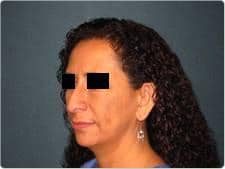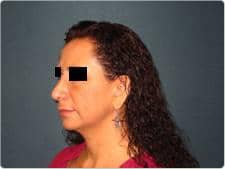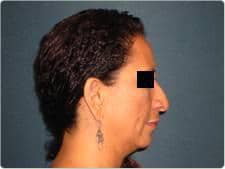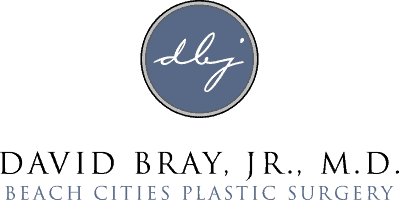Dorsal Hump Removal
in Torrance, CA
Also serving Palos Verdes & Redondo Beach
Many patients present with a concern about the bump or hump on their nose and are interested in having nose surgery, specifically the nose bump removal procedure. The nasal bump usually involves both bone and cartilage along the nasal dorsum. The cause of the bump can differ between patients, and therefore diagnosis is critical in achieving excellent results.
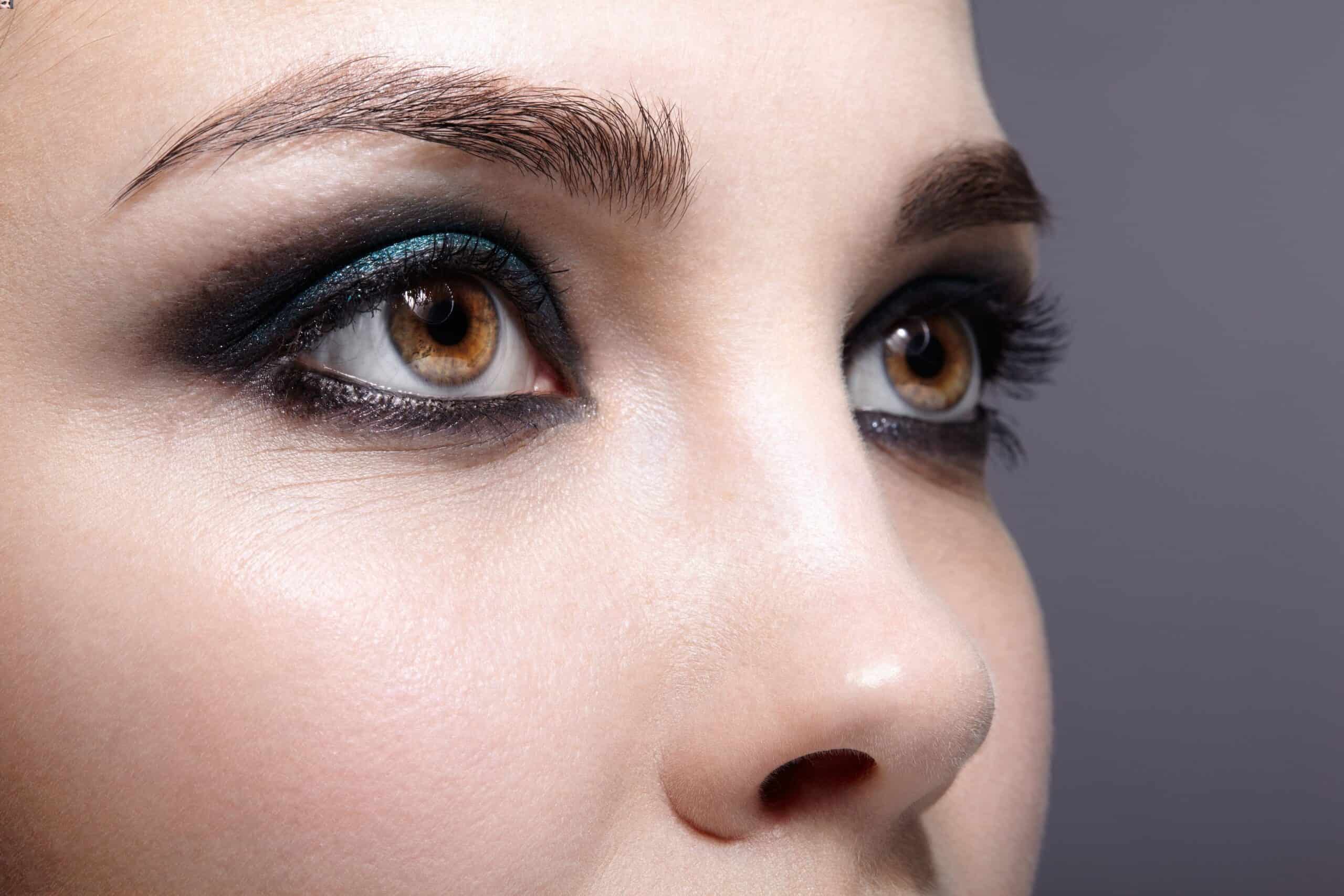
Diagnosis
A careful facial and nasal analysis must be performed. I will take photographs of every patient and analyze these photographs with standard measurements. These measurements and ratios allow me to determine the cause of the problem. In most cases the nasal hump is the result of enlarged nasal bones and dorsal septum. However, in other cases the nasal hump appears as a result of an underprojected nasal tip. It is essential that an underprojected nasal tip not be missed on evaluation. If this is missed the nasal hump will be taken down based on the underprojected tip, and the final result will not be ideal. The nasal radix must also be evaluated. If the radix is low, then it will give the appearance of a more prominent dorsal hump.
An intranasal exam is also performed. This will allow for assessment of the septum and turbinates. During dorsal reduction an abnormality of the septum may become exposed as the septum is taken down to effect the dorsal hump reduction. Identifying this preoperatively is best.
Nose Bump Removal Surgery
The rhinoplasty surgical technique for dorsal hump reduction nose surgery is based on the anatomic deformity. In most cases the dorsal hump must be surgically taken down. This is done by separating the upper lateral cartilages from the dorsal septum and then taking down the dorsal septum until the ideal height of the dorsum is achieved. The nasal bones will also be taken down to this height. Osteotomies are frequently required to close off the open roof caused by removing the dorsal parts of the nasal bones. Osteotomies are cuts in the bone that allow the bones to be repositioned. In many cases Dr. Bray, Jr. will perform either spreader flaps or spreader grafts in order to protect the nasal airway.
If the patient has a low radix or and underprojected tip these problems must be corrected. This may be accomplished with suturing techniques or cartilage grafts. The nasal dorsum should be taken down to match the new position of the nasal tip or radix.
Postoperative
The postoperative course is similar to other rhinoplasty procedures. A nasal splint is placed and will be removed after one week. Before/after images of Dr Bray, Jr.’s rhinoplasty work are in the image gallery.

